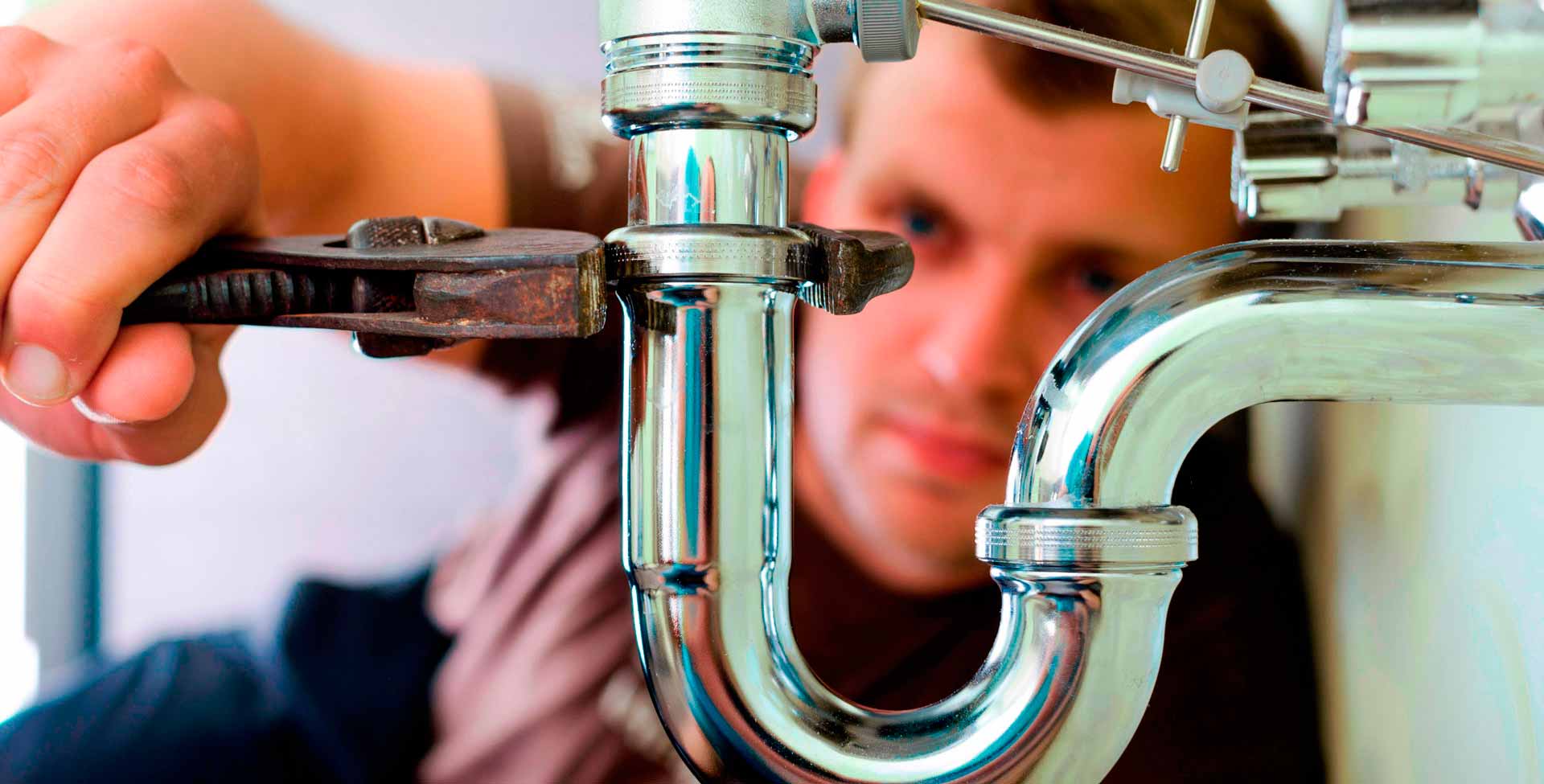

Articles
Plumbing Installations & Repairs
Modified: January 8, 2024
Looking for expert plumbing installations and repairs? Browse our collection of informative articles to learn everything you need to know.
(Many of the links in this article redirect to a specific reviewed product. Your purchase of these products through affiliate links helps to generate commission for Storables.com, at no extra cost. Learn more)
Introduction
Welcome to our comprehensive guide on plumbing installations and repairs. From residential plumbing issues to commercial installations, this article will cover everything you need to know about maintaining and repairing your plumbing systems.
Plumbing problems can be a major headache for homeowners and businesses alike. Whether it’s a leaky faucet, a clogged drain, or a malfunctioning water heater, these issues can disrupt your daily routine and cause unnecessary stress.
Fortunately, with the right knowledge and assistance, you can address these plumbing problems effectively and efficiently. By understanding common plumbing installation issues and staying proactive with repairs, you can ensure that your plumbing system functions smoothly and efficiently for years to come.
In this article, we will explore various aspects of plumbing installations and repairs, including residential plumbing issues, commercial plumbing installations, drainage system repairs, sewer line installations and maintenance, water heater installations and repairs, toilet installations and repairs, faucet and fixture installations and repairs, and pipe leak detection and repairs.
Whether you are a homeowner looking to fix a dripping faucet or a business owner planning a commercial plumbing installation, this guide will provide you with valuable insights and tips to tackle these plumbing challenges head-on.
So let’s dive in and explore the world of plumbing installations and repairs to help you keep your pipes flowing and your plumbing system in top shape.
Key Takeaways:
- Proactive maintenance and timely repairs are crucial for preventing costly damage and water wastage in plumbing systems. Seeking professional assistance ensures efficient solutions and the longevity of your plumbing infrastructure.
- From residential repairs to commercial installations, understanding the intricacies of plumbing systems is essential. Professional plumbers play a vital role in ensuring code compliance and efficient solutions for all plumbing needs.
Read more: What Is A Plumbing Contractor
Common Plumbing Installation Issues
When it comes to plumbing installations, there are several common issues that homeowners and businesses may encounter. Understanding these problems can help you identify potential issues and take necessary action to prevent further damage. Here are some of the most common plumbing installation issues:
- Leaky Faucets: A leaky faucet is not only annoying but can also waste a significant amount of water over time. It is often caused by worn-out washers or faulty seals. Regularly inspecting and maintaining faucets can help prevent leaks.
- Clogged Drains: Clogged drains can occur due to the buildup of hair, soap scum, food particles, or other debris. Using drain covers and avoiding pouring grease down the drains can help prevent clogs. In case of a blockage, using a plunger or drain snake can help clear the clog.
- Running Toilets: A running toilet can waste a significant amount of water and lead to high water bills. It is often caused by a faulty flapper valve or a problem with the float mechanism. Replacing the flapper valve or adjusting the float can usually fix this issue.
- Low Water Pressure: Low water pressure can be frustrating, especially when trying to take a shower or wash dishes. It can be caused by a clogged aerator, pipe corrosion, or a municipal water supply issue. Cleaning or replacing the aerator and addressing any pipe corrosion can help resolve this problem.
- Water Heater Issues: Common water heater problems include inadequate hot water, strange noises, and leaks. These issues can stem from a faulty thermostat, sediment buildup, or a malfunctioning pressure relief valve. Regular maintenance, such as flushing the tank and checking the pressure relief valve, can help prevent such issues.
- Faulty Garbage Disposals: Garbage disposals can get clogged or malfunction due to the disposal of improper items, such as grease, fibrous foods, or large chunks of waste. Avoiding improper waste disposal and regularly cleaning the disposal can help keep it in good working condition.
- Sump Pump Problems: Sump pumps are essential for preventing basement flooding. However, they can experience issues like motor failure or clogs. Regularly testing the sump pump and keeping the discharge lines clear can help ensure it functions properly.
It’s important to address these plumbing installation issues promptly to prevent further damage and costly repairs. In some cases, it may be necessary to seek professional plumbing services to resolve complex problems or to ensure a proper installation.
By being aware of these common plumbing installation issues and taking preventative measures, you can maintain a functioning and efficient plumbing system in your home or business.
Residential Plumbing Repairs
When it comes to residential plumbing repairs, it’s important to address issues promptly to prevent further damage and maintain a comfortable living environment. From minor leaks to major pipe bursts, here are some common residential plumbing repairs that homeowners may encounter:
- Leaky Pipes: Leaky pipes are a common problem in residential plumbing. They can occur due to age, corrosion, or improper installation. Promptly fixing leaks can prevent water damage to your property and reduce the risk of mold growth.
- Clogged Drains: Clogged drains can cause sinks, bathtubs, or showers to drain slowly or not at all. They can be caused by a buildup of hair, soap scum, cooking grease, or other debris. Using a plunger or a drain snake can often clear minor clogs. For stubborn clogs, professional drain cleaning may be necessary.
- Running Toilets: A running toilet can waste a substantial amount of water and lead to higher water bills. Common causes include a faulty flapper valve, damaged float mechanism, or a misadjusted fill valve. Identifying and repairing these issues can help restore the proper function of your toilet.
- Water Heater Problems: Water heaters are essential for hot showers and other household tasks. Common issues include insufficient hot water, strange noises, and leaks. Flushing the tank regularly and checking the heating elements, thermostat, and pressure relief valve can help identify and resolve these problems.
- Faucet and Fixture Repairs: Dripping faucets, loose handles, and malfunctioning fixtures can be annoying and wasteful. These issues can often be fixed by replacing worn-out washers, cartridges, or O-rings. Regular maintenance and prompt repairs can extend the lifespan of your faucets and fixtures.
- Water Pressure Problems: Low water pressure or sudden fluctuations in water pressure can be frustrating. Causes can range from clogged aerators or showerheads to faulty pressure regulators or pipe issues. Identifying and addressing the root cause can help restore the desired water pressure.
- Pipe Repairs: Burst pipes can cause significant water damage to your home and belongings. They can occur due to freezing temperatures, aging pipes, or excessive water pressure. If you notice a sudden decrease in water flow or damp spots on walls or ceilings, it’s crucial to shut off the main water supply and seek professional assistance immediately.
- Septic Tank Issues: Homes with septic systems may encounter problems such as a backup of wastewater or foul odors. Regular septic tank pumping and proper maintenance can help prevent these issues and ensure the efficient operation of the system.
While some residential plumbing repairs can be handled through DIY methods, it’s important to know your limitations. Major repairs or complex plumbing issues should be left to professional plumbers who have the knowledge, skills, and tools to handle the job safely and effectively.
By being proactive in identifying and addressing residential plumbing repairs, you can ensure the longevity and functionality of your plumbing system, providing peace of mind and a comfortable living space for you and your family.
Commercial Plumbing Installations
Commercial plumbing installations are essential for businesses of all sizes, ranging from office complexes and retail spaces to restaurants and industrial facilities. These installations require careful planning, design, and execution to ensure efficient water flow, proper drainage, and compliance with plumbing codes. Here are some key aspects of commercial plumbing installations:
- Water Supply Systems: Commercial buildings require a reliable water supply for various purposes, such as restrooms, kitchens, and irrigation systems. Proper sizing and installation of water supply lines, valves, and fixtures are crucial to ensure adequate flow and pressure throughout the building.
- Drainage Systems: Effective drainage systems are vital for commercial buildings to handle wastewater and prevent flooding. Proper installation of drain lines, floor drains, grease traps, and sewer connections is necessary for efficient wastewater removal and compliance with building codes.
- Bathroom Fixtures: Commercial bathrooms need to accommodate a high volume of users while maintaining functionality and durability. The installation of toilets, sinks, urinals, and hand dryers should be planned strategically to maximize space utilization and facilitate easy maintenance.
- Kitchen Plumbing: Restaurants and commercial kitchens have unique plumbing needs, including grease traps, commercial-grade sinks, and specialized equipment connections. Proper installation of these components is essential to maintain cleanliness, prevent clogs, and comply with health and safety regulations.
- Sprinkler Systems: Many commercial buildings, particularly those with large open spaces, require fire sprinkler systems. These systems require professional installation to ensure proper pipe sizing, adequate water supply, and appropriate sprinkler head placement for effective fire suppression.
- Backflow Prevention: Backflow prevention devices are crucial in commercial settings to protect the potable water supply from contamination. These devices need to be properly installed, tested, and maintained to comply with local plumbing codes and regulations.
- Water Heating Systems: Commercial buildings often require large-capacity water heating systems to meet the high demand for hot water. Proper sizing, installation, and regular maintenance of water heaters and associated components are necessary to ensure consistent hot water supply and energy efficiency.
- Gas Plumbing: Some commercial establishments, such as restaurants, may require gas plumbing installations for cooking equipment and heating systems. These installations must be carried out by certified professionals to ensure safety and compliance with local gas codes.
Commercial plumbing installations require the expertise of professional plumbers who are experienced in handling complex systems and are aware of local building codes and regulations. It’s crucial to work with a reputable plumbing contractor who can provide design, installation, and ongoing maintenance services.
By investing in well-planned and properly executed commercial plumbing installations, businesses can ensure efficient operations, minimize downtime due to plumbing issues, and create a safe and comfortable environment for employees and customers alike.
Drainage System Repairs
A properly functioning drainage system is essential for maintaining a clean and healthy environment. However, over time, drainage systems can develop issues that require repairs to prevent water backups, flooding, and potential damage to the property. Here are some common drainage system repairs:
- Clogged Drains: Clogged drains can occur due to the accumulation of debris, such as hair, soap residue, food particles, or tree roots infiltrating underground pipes. Depending on the severity of the clog, methods like snaking or hydro jetting may be employed to clear the blockage and restore proper drainage.
- Sewer Line Damage: Sewer lines can sustain damage from tree root invasion, ground movement, corrosion, or age-related deterioration. These issues can lead to blockages, leaks, and even sewer line collapses. Repairs may involve pipe relining, spot repairs, or in severe cases, a complete replacement of the damaged sewer line.
- Leaking Pipes: Leaks in drainage pipes can cause water seepage, damage to walls or foundations, and increased water bills. Repairs may involve locating and patching the leak, or replacing a damaged section of the pipe. In some cases, advanced methods like trenchless pipe repair can be used to minimize disruption to landscaping or structures.
- Foundation Drainage Issues: Improperly functioning foundation drainage systems can lead to water pooling around the foundation, causing moisture problems and potential structural damage. Repairs may include installing or repairing French drains, sump pumps, or improving grading around the property to ensure proper water runoff.
- Gutter and Downspout Repairs: Gutters and downspouts play a crucial role in directing rainwater away from the property. Damage, blockages, or improperly positioned gutters and downspouts can cause water to overflow or pool near the foundation. Repairs may involve clearing blockages, repositioning, or replacing damaged parts to ensure proper water flow.
- Drainage System Cleaning: Regular maintenance and cleaning of the drainage system can help prevent clogs and prolong the lifespan of the pipes. Methods like hydro jetting or drain snaking can remove buildup and debris, ensuring smooth water flow and minimizing the risk of future issues.
- Surface Drainage Repairs: Surface drainage issues can result in water accumulation on lawns, driveways, or walkways. Repairing surface drainage problems may involve installing additional catch basins, regrading the area, or implementing other techniques to redirect water away from problematic areas.
- Stormwater Drainage System Repairs: Stormwater drainage systems are designed to manage excess rainfall and prevent flooding. Repairs may include clearing debris from storm drains, repairing damaged channel linings, or upgrading the overall stormwater management system to ensure efficient water flow and reduce the risk of flooding.
Drainage system repairs require the expertise of licensed and experienced plumbers or drainage systems specialists. These professionals can assess the specific issue, recommend the appropriate repair method, and ensure that the repairs are carried out safely and effectively.
By addressing drainage system repairs promptly and proactively maintaining the system, you can prevent further damage and protect your property from the adverse effects of water backup and flooding.
Read more: How To Get Plumbing Work
Sewer Line Installations and Maintenance
The sewer line is a critical component of a plumbing system, responsible for carrying wastewater away from your home or business. Over time, sewer lines can deteriorate due to age, tree root intrusion, ground shifts, or other factors, requiring repairs or even complete replacements. Here’s what you need to know about sewer line installations and maintenance:
Installation: When it comes to sewer line installations, it is crucial to work with experienced professionals. The installation process involves careful planning and consideration of factors such as the location, slope, material, and capacity of the sewer line. Proper installation ensures optimal water flow and minimizes the risk of future issues.
Types of Sewer Lines: There are different types of sewer lines commonly used in installations:
- Clay Pipes: Clay pipes have been used for many years due to their durability and resistance to chemical corrosion. However, they can be susceptible to cracking and root intrusion over time.
- Cast Iron Pipes: Cast iron pipes are known for their strength and longevity. They are a popular choice for sewer lines but can be more expensive than other options.
- Plastic Pipes: PVC (polyvinyl chloride) and ABS (acrylonitrile butadiene styrene) pipes are lightweight, cost-effective, and resistant to corrosion. They are commonly used for sewer line installations due to their durability and ease of installation.
Maintenance: Regular maintenance is essential to keep sewer lines in good condition and identify any potential issues before they become major problems. Here are some maintenance tips:
- Professional Inspections: Periodic inspections by professional plumbers using video camera inspection technology can help identify any blockages, cracks, or root intrusion in the sewer line.
- Root Control: Tree roots can infiltrate sewer lines, causing blockages and damage. Regularly inspecting and clearing tree roots from the sewer line can help prevent more significant issues.
- Grease and Chemicals: Avoid disposing of grease, oil, or harsh chemicals down drains, as they can accumulate and cause clogs or damage to the sewer line.
- Proper Use of Toilets and Drains: Educate household or staff members about what should and shouldn’t be flushed down the toilet or drained into sinks. Avoid flushing items such as baby wipes, sanitary products, or paper towels, as they can cause blockages in the sewer line.
Repairs and Replacement: If issues with the sewer line arise, timely repairs or replacements are necessary to prevent wastewater backups and potential property damage. Plumbers can assess the severity of the problem and recommend the appropriate repair method, which may include spot repairs, pipe relining, or complete sewer line replacement.
Professional Assistance: Sewer line installations and maintenance require the expertise of licensed and experienced plumbers. They have the knowledge, tools, and equipment to handle these tasks safely and efficiently.
By investing in proper sewer line installations and conducting regular maintenance, you can extend the lifespan of your sewer system, minimize the risk of costly repairs, and ensure the proper function of your plumbing system for years to come.
Regularly check for leaks in your plumbing system to catch and repair them early, preventing water damage and saving on water bills.
Water Heater Installations and Repairs
A reliable and efficient water heater is essential for everyday activities such as bathing, cooking, and cleaning. Whether you are installing a new water heater or facing issues with your existing one, understanding water heater installations and repairs can help ensure a constant supply of hot water. Here’s what you need to know:
Water Heater Installations:
When it comes to water heater installations, several key factors need to be considered:
- Type of Water Heater: There are various types of water heaters available, including tankless, storage tank, heat pump, and solar water heaters. Each type has its unique advantages and considerations in terms of installation requirements, energy efficiency, and space availability.
- Fuel Source: Water heaters can be powered by electricity, gas, or even solar energy. The choice of fuel source will depend on factors such as availability, energy costs, and environmental considerations. Proper installation and connection to the chosen fuel source are critical for safe and efficient operation.
- Location: The location of the water heater is essential for optimal performance and safety. The space must have proper ventilation, clearances, and access for maintenance. Installing a water heater in a location vulnerable to floods or extreme temperatures should be avoided.
- Sizing: Properly sizing the water heater is crucial to ensure an adequate supply of hot water for your household or business. Factors such as the number of users, peak usage times, and water demand should be considered to determine the appropriate capacity for your water heater.
- Professional Installation: Water heater installations should be performed by licensed and experienced plumbers or HVAC technicians. They have the knowledge and skills to correctly install the water heater, ensure compliance with local codes, and address any potential issues or challenges that may arise during the installation process.
Water Heater Repairs:
Over time, water heaters may experience problems, which may require professional repairs. Here are some common water heater issues:
- Lack of Hot Water: If your water heater is failing to provide sufficient hot water, it could be due to issues with the heating elements, thermostat, or sediment buildup inside the tank. Professional diagnosis can help identify and resolve the underlying cause.
- Water Leaks: Water leakage from the water heater could indicate a faulty valve, loose connections, or a cracked tank. Prompt repairs are necessary to prevent water damage and potential safety hazards.
- Strange Noises: Popping or rumbling noises coming from the water heater may indicate sediment buildup in the tank or a malfunctioning heating element. Flushing the tank or replacing the faulty components can resolve these issues.
- Discolored or Odorous Water: Discolored water or a foul odor could indicate rust or bacterial growth inside the tank. Flushing the tank or replacing the anode rod can help eliminate these problems.
- Electrical or Gas Issues: Electrical or gas-related problems with the water heater should be addressed by professionals to ensure safety. Faulty electrical components or gas supply issues can cause the water heater to malfunction or pose a risk of fire or gas leaks.
Water heater installations and repairs require the expertise of qualified professionals. They have the knowledge, tools, and experience to handle these tasks safely and effectively, ensuring optimal performance and prolonging the lifespan of your water heater.
By investing in proper water heater installations and addressing repairs promptly, you can enjoy a reliable supply of hot water while minimizing energy consumption and maintaining the efficiency of your plumbing system.
Toilet Installations and Repairs
Properly functioning toilets are essential for everyday comfort and hygiene. Whether you are installing a new toilet or facing issues with your existing one, understanding toilet installations and repairs can help ensure optimal performance and prevent inconvenience. Here’s what you need to know:
Toilet Installations:
Installing a toilet involves several key steps to ensure a proper and functional setup:
- Choose the Right Toilet: There are various types of toilets available, including one-piece, two-piece, wall-mounted, and eco-friendly models. Consider factors such as space availability, water efficiency, and personal preferences to select a toilet that meets your needs.
- Measurements and Clearances: Before installation, it’s crucial to measure the available space and ensure there is sufficient clearance for the toilet’s dimensions. This includes clearance from walls, other fixtures, and the recommended distance from the centerline of the drainpipe.
- Flange Installation: The toilet flange, which connects the toilet to the drainpipe, must be properly installed and secured to ensure a watertight connection. It should be properly aligned and level with the finished floor to prevent leaks and unstable installation.
- Wax Ring Installation: The wax ring provides a seal between the toilet and the flange, preventing leaks. It should be placed on the flange before setting the toilet in place and creating a secure seal when the toilet is bolted down.
- Proper Toilet Seating: Ensuring that the toilet is properly seated on the wax ring and aligned with the bolts is essential for stability and preventing leaks. Proper tightening and securing of the bolts under the toilet’s base are crucial for a secure installation.
- Water Supply Connection: Lastly, the water supply line should be properly connected to the toilet’s fill valve, ensuring a secure and watertight connection. Properly adjusting the water supply valve will ensure the toilet has the correct water level for flushing.
Toilet Repairs:
Over time, toilets may experience issues that require repairs. Here are some common toilet problems and their potential solutions:
- Running Toilet: A running toilet can waste a significant amount of water and may be caused by a faulty flapper valve, fill valve, or chain. Adjusting or replacing these components can resolve the issue and restore proper flushing.
- Clogged Toilet: Clogged toilets can occur due to excessive waste, foreign objects, or improper flushing techniques. Using a plunger or a toilet auger can often clear minor clogs. For stubborn clogs, professional assistance may be required.
- Weak Flushing Power: If your toilet has weak flushing power, it may be due to a partial clog, a faulty flapper, or a problem with the water supply. Clearing any obstructions, adjusting or replacing the flapper, or addressing water supply issues can help improve flushing performance.
- Leaking Toilet: Leaks around the toilet base or from the tank can occur due to damaged wax rings, loose connections, or faulty gaskets. Replacing the wax ring, tightening connections, or replacing damaged components can resolve leaks and prevent water damage.
- Broken Flush Handle: A broken or loose flush handle can prevent proper flushing. Replacing the handle or adjusting the internal mechanisms can correct this issue and restore normal operation.
Toilet installations and repairs may require the assistance of a licensed plumber, particularly for complex issues or if you are unsure about the process. Professional plumbers have the expertise, tools, and experience to handle toilet installations and repairs safely and effectively.
By ensuring proper toilet installations and addressing repairs promptly, you can maintain a functional and efficient toilet that meets your needs for years to come.
Faucet and Fixture Installations and Repairs
Faucets and fixtures play a crucial role in both the functionality and aesthetics of kitchens, bathrooms, and other areas of your home or business. Whether you are installing new faucets and fixtures or facing issues with existing ones, understanding the process of installation and repair can help ensure optimal performance and enhance your space. Here’s what you need to know:
Faucet and Fixture Installations:
Installing new faucets and fixtures requires careful consideration and attention to detail. Here are some key steps in the installation process:
- Selecting the Right Faucet or Fixture: There are various types of faucets and fixtures available, including single-handle, double-handle, pull-down/pull-out faucets, and various styles and finishes. Consider factors such as functionality, design, and compatibility with your sink or countertop before making a selection.
- Gathering Required Tools and Materials: Before installation, make sure you have all the necessary tools and materials. This may include wrenches, pliers, sealant tape, and any additional parts required for the specific faucet or fixture installation.
- Preparing the Sink or Countertop: Before installing the new faucet or fixture, it may be necessary to remove the old one and clean the area. This includes removing any sealant or old plumbing components and ensuring the surface is clean and ready for installation.
- Connecting Water Supply Lines: Properly connecting the water supply lines to the faucet or fixture is critical for a secure and leak-free installation. This involves using sealant tape or other appropriate sealing methods, tightening connections with the correct tools, and ensuring proper alignment.
- Testing and Adjusting: Once the installation is complete, test the functionality of the faucet or fixture by turning on the water supply. Check for any leaks, proper water flow, and ease of use. Adjustments may be necessary to achieve the desired water temperature or flow rate.
- Proper Cleanup: After installation, clean up any debris, sealant, or excess materials. This will ensure a clean and tidy appearance and prevent any potential issues related to leftover materials.
Faucet and Fixture Repairs:
Over time, faucets and fixtures may experience issues that require repair. Here are some common problems and possible solutions:
- Dripping Faucet: A dripping faucet is not only irritating but can also waste water and lead to increased water bills. The cause could be worn-out washers, damaged cartridges, or faulty seals. Replacing these components can usually fix the problem and stop the drip.
- Leaking or Loose Connections: Leaks around the base of the faucet or in the connections can occur due to loose or damaged components. Tightening connections, replacing faulty parts, or applying sealant can resolve these issues and prevent water damage.
- Lack of Hot or Cold Water: If your faucet is not producing hot or cold water as expected, the issue may lie with the water heater or the faucet itself. Testing the water heater and checking the faucet’s internal mechanisms can help identify and address the problem.
- Low Water Pressure: Low water pressure can be frustrating and can affect the functionality of faucets and fixtures. The cause may be a clogged aerator, a faulty cartridge, or pipe obstructions. Cleaning or replacing the aerator and addressing any other issues can help restore proper water pressure.
- Handle or Valve Malfunction: Loose, stiff, or squeaky handles, as well as malfunctioning valves, can make it difficult to adjust water flow and temperature. Fixing or replacing the handle components or the valve mechanism can restore proper operation.
If you encounter complex issues or are unsure about faucet and fixture installations or repairs, it is advisable to seek assistance from a licensed plumber or a professional handyman. They have the expertise and knowledge to handle these tasks safely and effectively.
By ensuring proper faucet and fixture installations and addressing repairs promptly, you can enjoy functional and visually appealing fixtures that enhance your space and meet your needs for years to come.
Read more: How To Install A Plumbing Vent
Pipe Leak Detection and Repairs
Dealing with pipe leaks can be a stressful and potentially costly experience. Detecting and repairing pipe leaks promptly is crucial to prevent water damage, save on water bills, and maintain the integrity of your plumbing system. Here’s what you need to know about pipe leak detection and repairs:
Pipe Leak Detection:
Detecting pipe leaks early can help mitigate potential damage and minimize repair costs. Here are some key methods used for pipe leak detection:
- Visual Inspection: Visually inspect your plumbing system, looking for signs of water stains, wet spots, or mold growth. Leaks can sometimes be visible on exposed pipes, fittings, or joints.
- Water Meter Observation: Check your water meter when no water is being used in your home or business. If the meter continues to move, it could indicate an underlying leak in the plumbing system.
- Pressure Testing: A pressure test involves shutting off the water supply and monitoring the water pressure in the system. A drop in pressure over time may indicate a hidden leak within the pipes.
- Acoustic Detection: Using specialized equipment, a plumber can listen for the sound of water escaping from pipes. This can help pinpoint the location of hidden leaks behind walls, beneath floors, or underground.
- Thermal Imaging: Infrared cameras can detect temperature differences caused by water leaks. This method can be effective in identifying hidden leaks behind walls or in ceilings.
- Dye Testing: By introducing a colored dye into the plumbing system, it is possible to trace the path of water leaking from pipes, fittings, or fixtures.
Pipe Leak Repairs:
Once a pipe leak is detected, it’s important to take immediate action to prevent further damage. The appropriate repair method will depend on the location and severity of the leak. Here are some common pipe leak repairs:
- Pipe Patching: For minor leaks or small holes in pipes, patching with epoxy putty or pipe repair clamps may be sufficient. This provides a temporary fix until further repairs can be made.
- Pipe Replacement: Severely damaged or deteriorated pipes may require partial or complete replacement. This can involve cutting out the damaged section and installing new pipe or, in some cases, replacing the entire length of the affected pipe.
- Pipe Relining: In certain situations, pipe relining can be a cost-effective and minimally invasive solution. This entails inserting an epoxy-lined tube into the existing pipe, creating a new and durable inner lining that seals any leaks or cracks.
- Joint or Fitting Repairs: Leaks at pipe joints or fittings can often be resolved by tightening or replacing the connections. Proper sealing with thread sealant or plumber’s tape is essential to prevent future leaks.
- Professional Assistance: It is recommended to seek professional help for pipe leak repairs, especially for complex or hard-to-reach locations. Plumbers have the expertise, tools, and experience to identify, assess, and repair pipe leaks efficiently.
Preventing pipe leaks in the first place is crucial. Routine maintenance, including checking for signs of leaks, inspecting pipe insulation, and addressing any plumbing issues promptly, can help minimize the risk of future leaks.
By being vigilant and proactive in pipe leak detection and timely repairs, you can ensure the integrity of your plumbing system, avoid costly water damage, and maintain the efficiency of your water supply for years to come.
Conclusion
In conclusion, understanding the intricacies of plumbing installations and repairs is crucial for homeowners and businesses alike. From addressing common plumbing installation issues to maintaining and repairing various components of the plumbing system, it’s essential to stay proactive in ensuring the smooth functioning of your plumbing system.
Residential plumbing repairs encompass a range of issues, including leaky pipes, clogged drains, running toilets, and water heater problems. Timely addressing these issues can prevent further damage, water wastage, and costly repairs. Working with professional plumbers can ensure proper repairs and contribute to the longevity and efficiency of your plumbing system.
Commercial plumbing installations require careful planning and expertise to meet the specific needs of businesses. Proper installation of water supply systems, drainage systems, and specialized fixtures like those in commercial kitchens and restrooms is essential for smooth day-to-day operations. Consulting with experienced plumbers or plumbing contractors can ensure that the installations comply with codes and regulations and meet your business requirements.
Drainage system repairs are vital for preventing water backups, flooding, and potential damage to the property. Promptly addressing issues such as clogged drains, sewer line damage, or foundation drainage problems can help maintain a safe and clean environment. Regular maintenance, cleaning, and professional inspections are essential to keep drainage systems functioning optimally.
Sewer line installations and maintenance require expertise in selecting the appropriate pipes, understanding local regulations, and proper connections. Timely repairs and replacements for damaged sewer lines can prevent contamination, blockages, and potential hazards. Professional assistance is crucial for handling sewer line installations, repairs, and maintenance efficiently and safely.
Water heater installations and repairs are important for ensuring a continuous supply of hot water. Proper installation, regular maintenance, and addressing issues such as leaks or insufficient heating can contribute to the longevity and efficiency of your water heating system. Working with licensed plumbers or HVAC technicians can ensure proper installations and reliable repairs.
Toilet installations and repairs are essential for maintaining hygiene and functionality in both residential and commercial settings. Proper installation, addressing running toilets, clogged drains, or leaks can prevent water wastage and inconvenience. Seeking professional assistance for complex repairs or installations can ensure proper functioning and longevity of your toilets and fixtures.
Faucet and fixture installations and repairs can enhance the aesthetics and functionality of your spaces. Proper installations and repairs prevent leaks, weak water flow, and malfunctioning handles or valves. Working with professionals ensures that these essential components are properly connected, sealed, and operating efficiently.
Pipe leak detection and repairs are critical for preventing water damage, saving on water bills, and maintaining the integrity of your plumbing system. Promptly detecting leaks through visual inspections, pressure testing, or using specialized equipment can prevent costly repairs. Proper repairs, ranging from patching and resealing to pipe replacement, should be handled by professionals to ensure effective resolution.
In all aspects of plumbing installations and repairs, professional assistance from licensed plumbers or plumbing contractors is invaluable. They have the expertise, tools, and experience to tackle complex issues, ensure code compliance, and provide efficient solutions to maintain the proper functioning of your plumbing system.
By staying proactive, addressing issues promptly, and seeking professional help when needed, you can ensure the longevity, efficiency, and reliability of your plumbing system, providing comfort, convenience, and peace of mind for years to come.
Frequently Asked Questions about Plumbing Installations & Repairs
Was this page helpful?
At Storables.com, we guarantee accurate and reliable information. Our content, validated by Expert Board Contributors, is crafted following stringent Editorial Policies. We're committed to providing you with well-researched, expert-backed insights for all your informational needs.
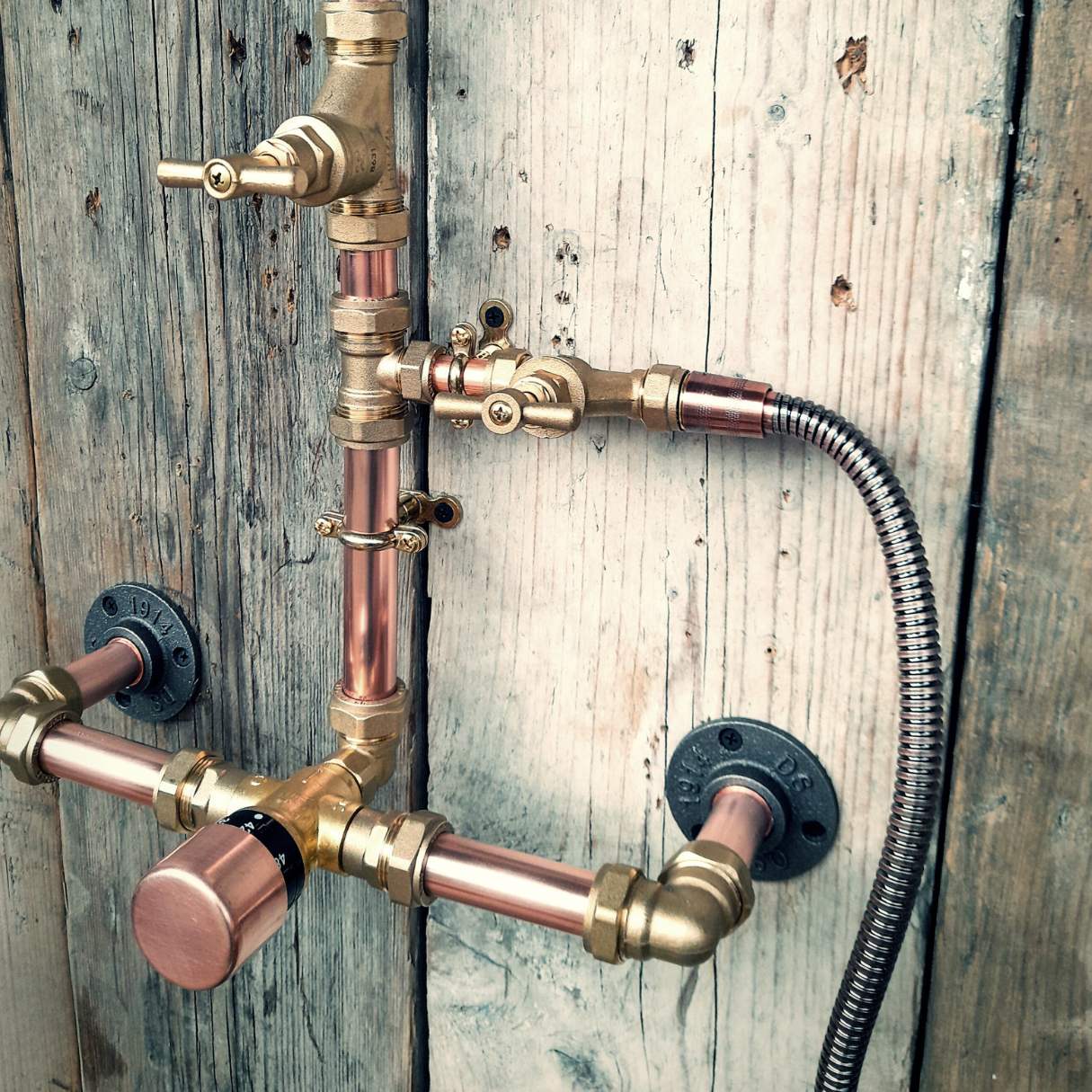
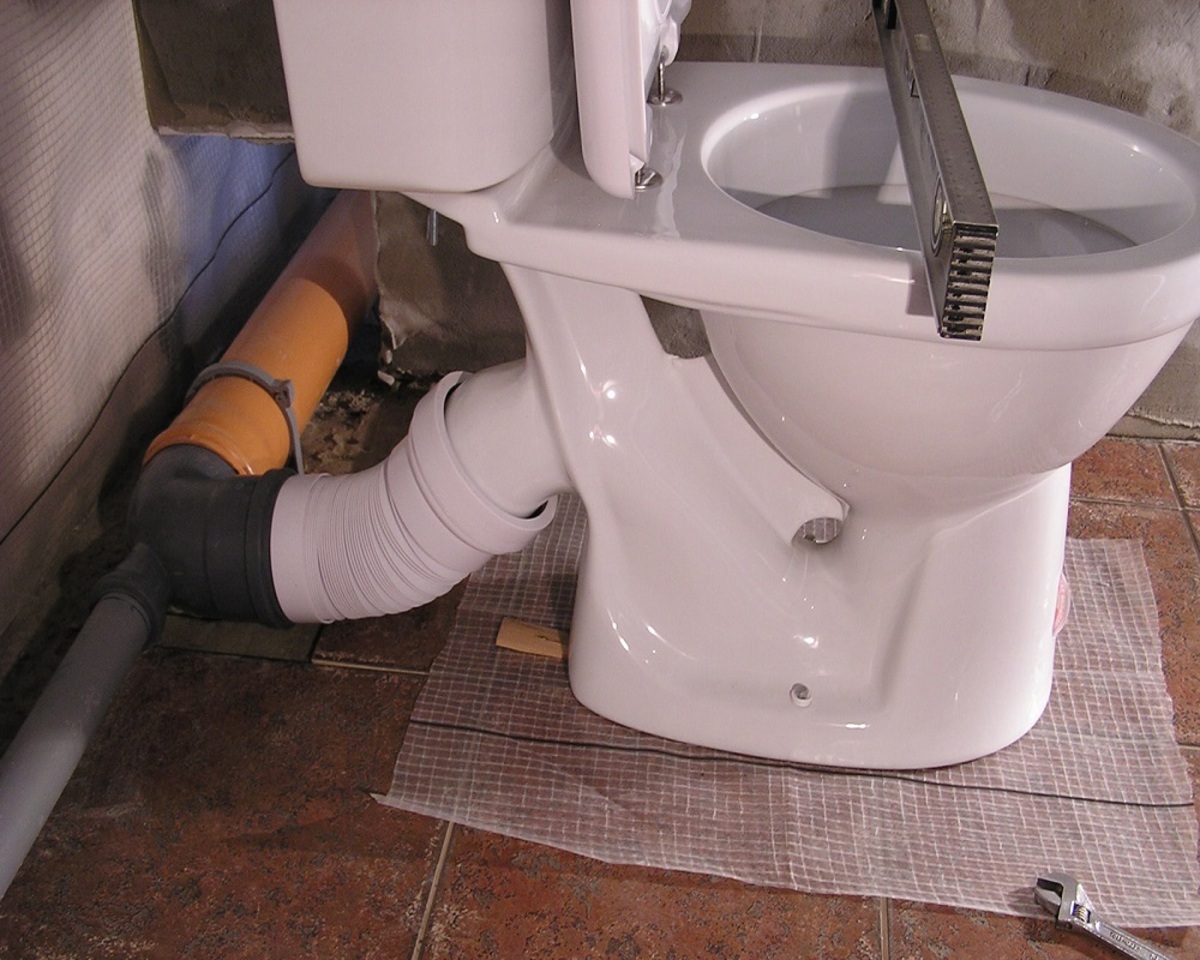
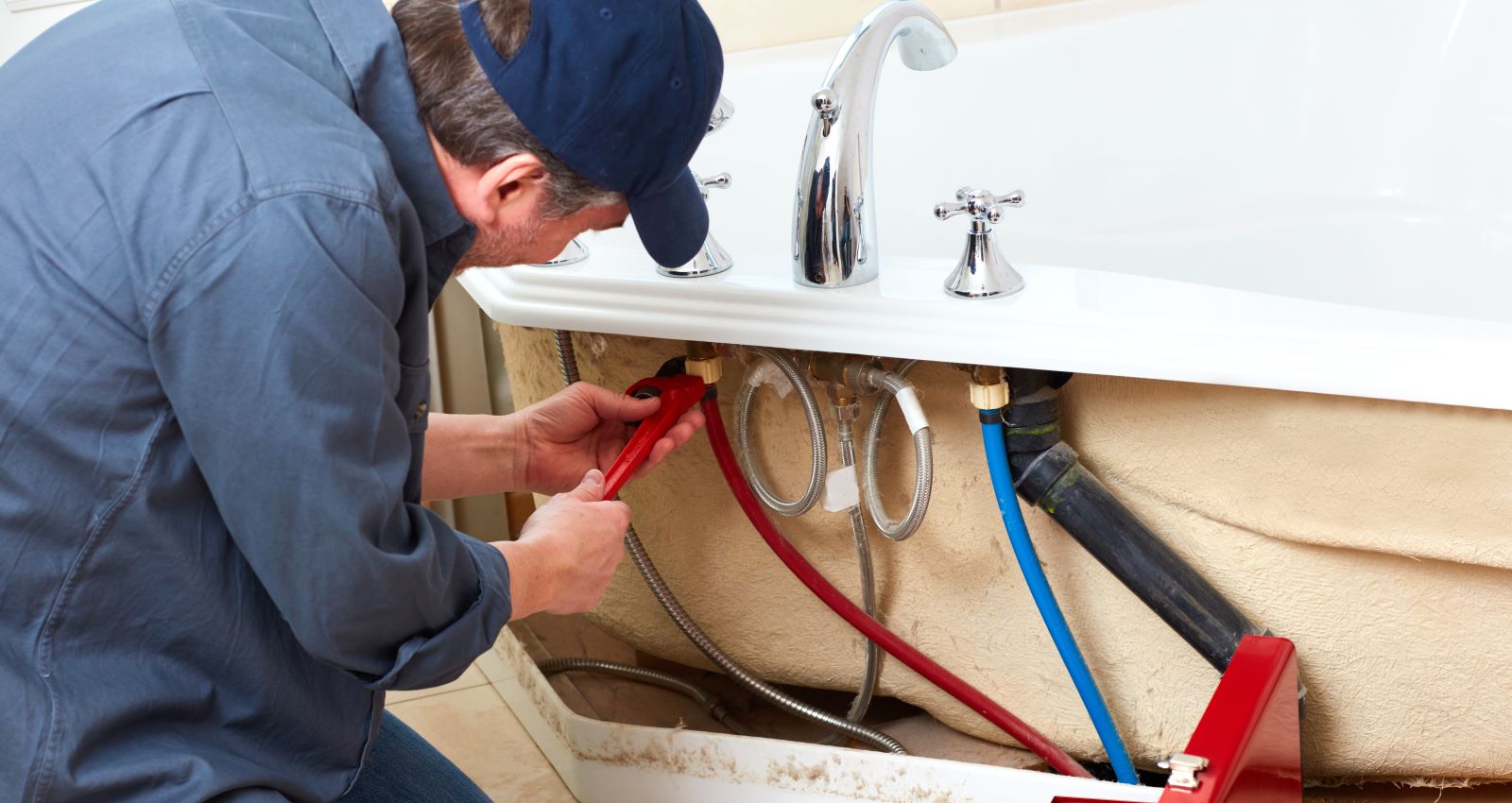
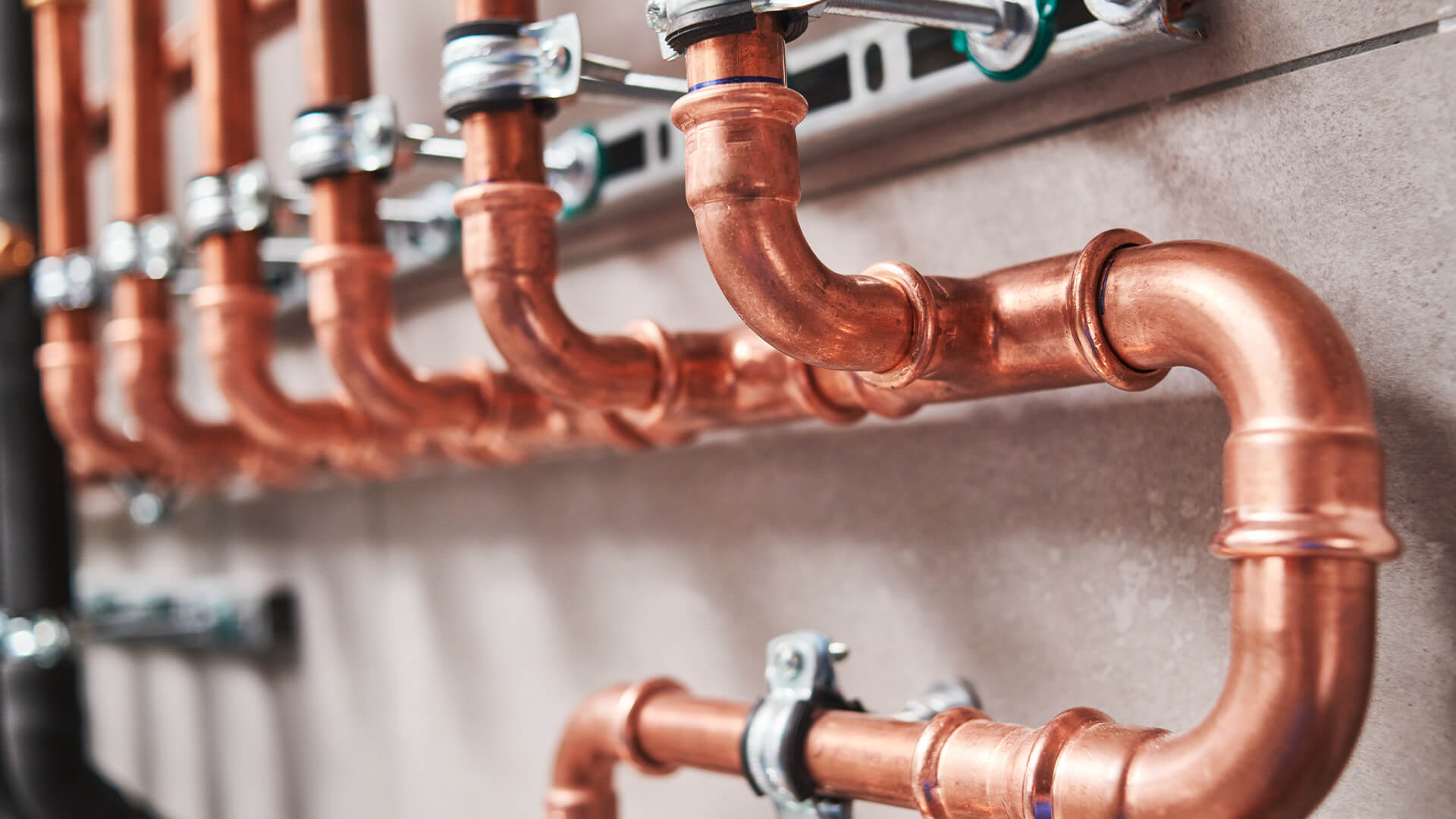
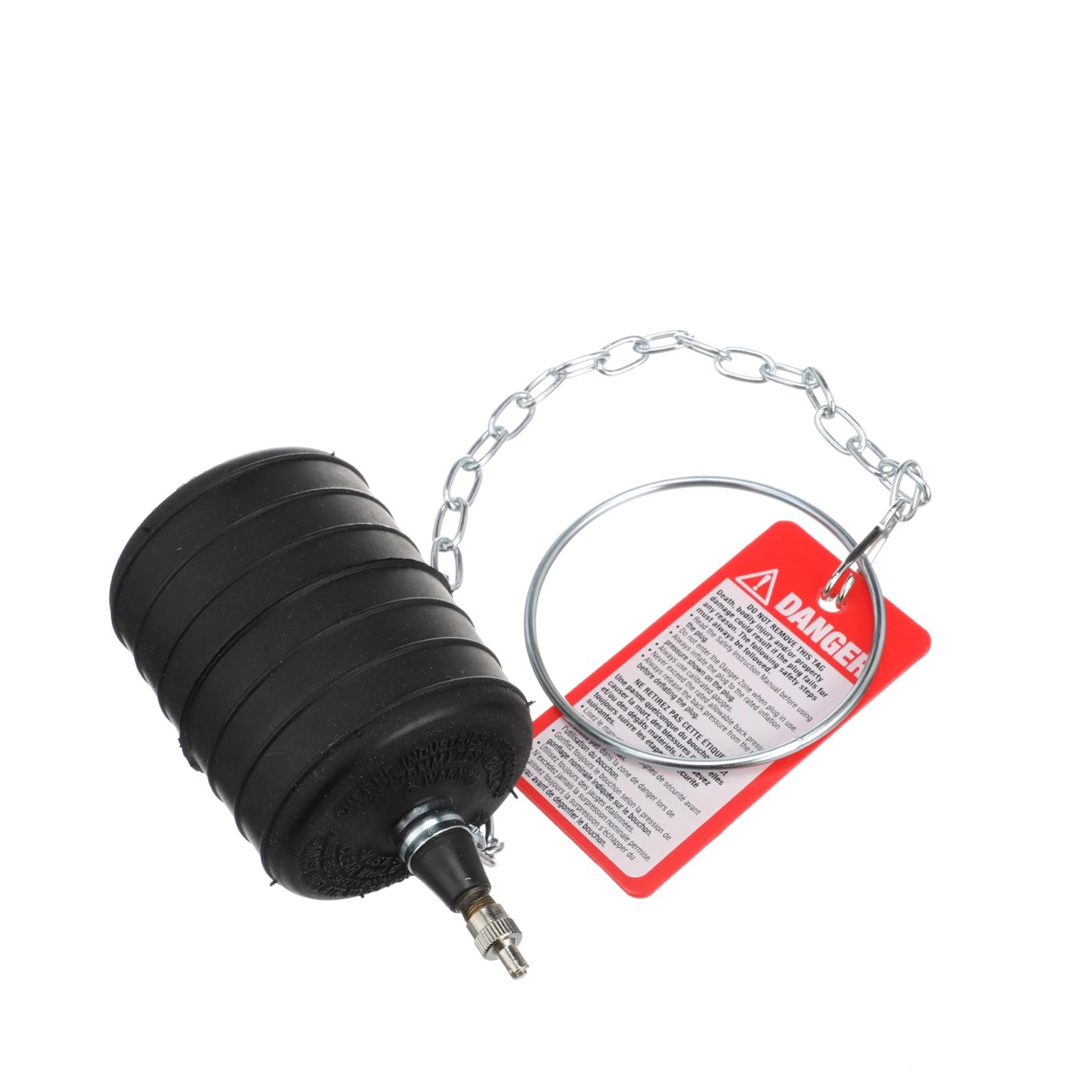
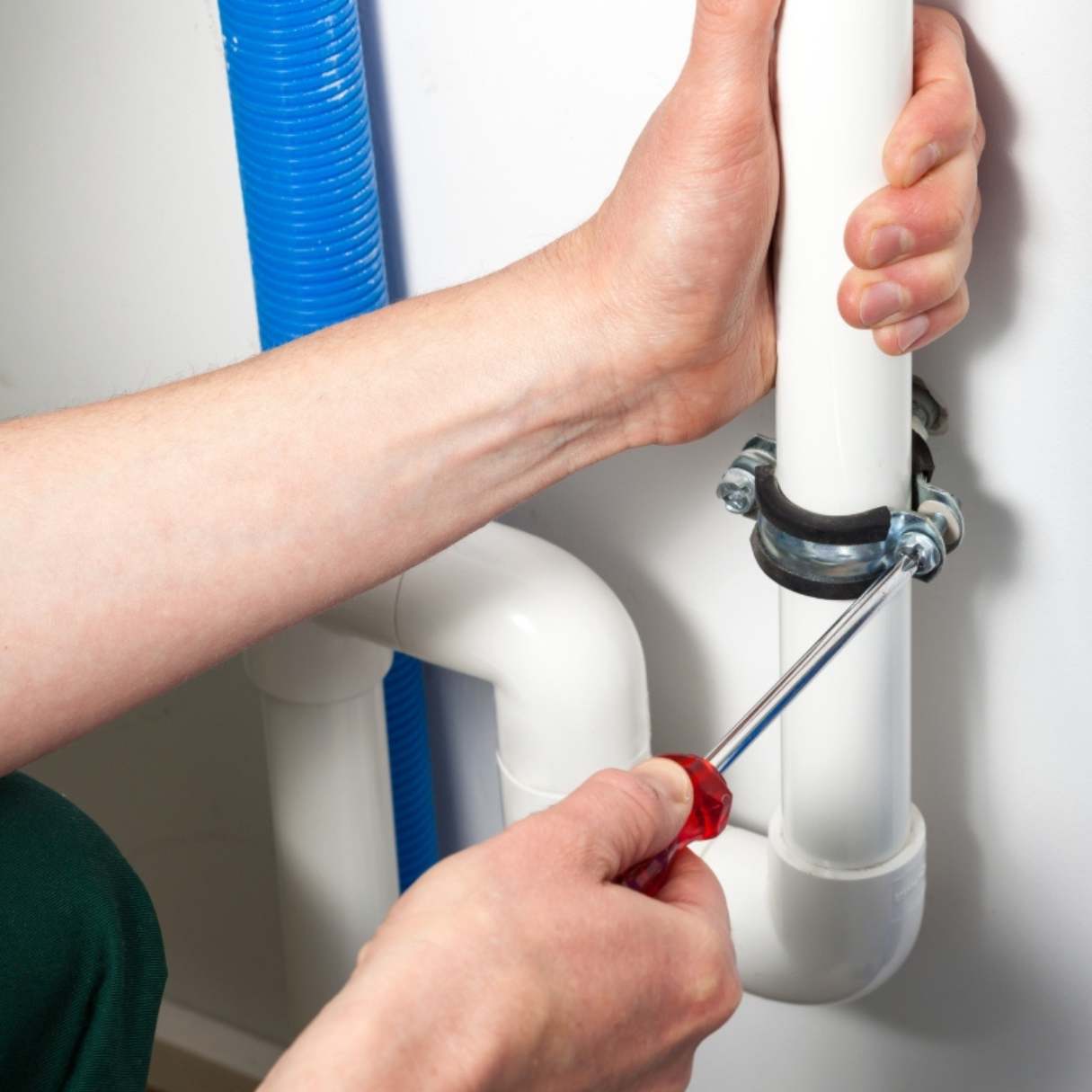
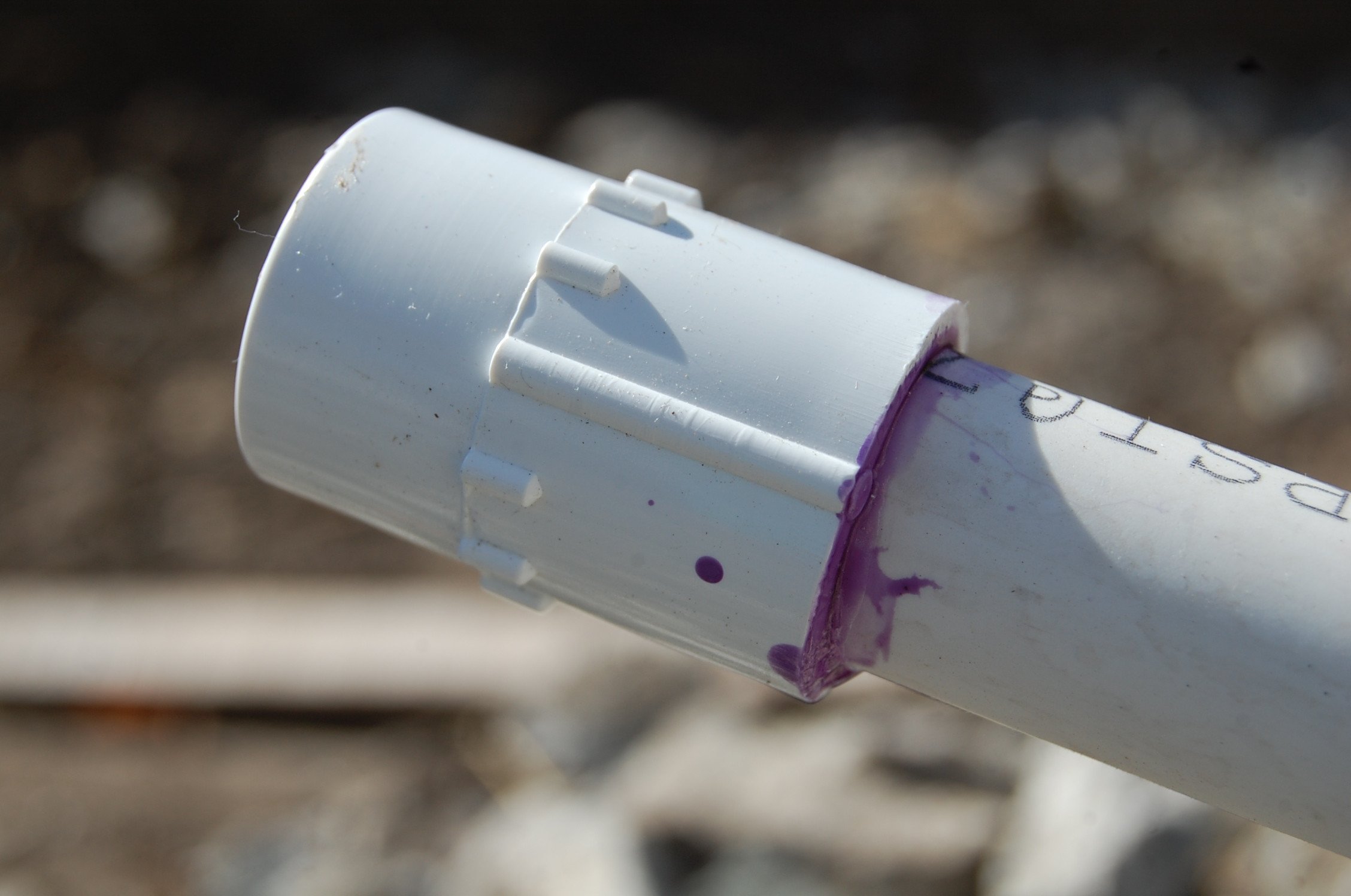
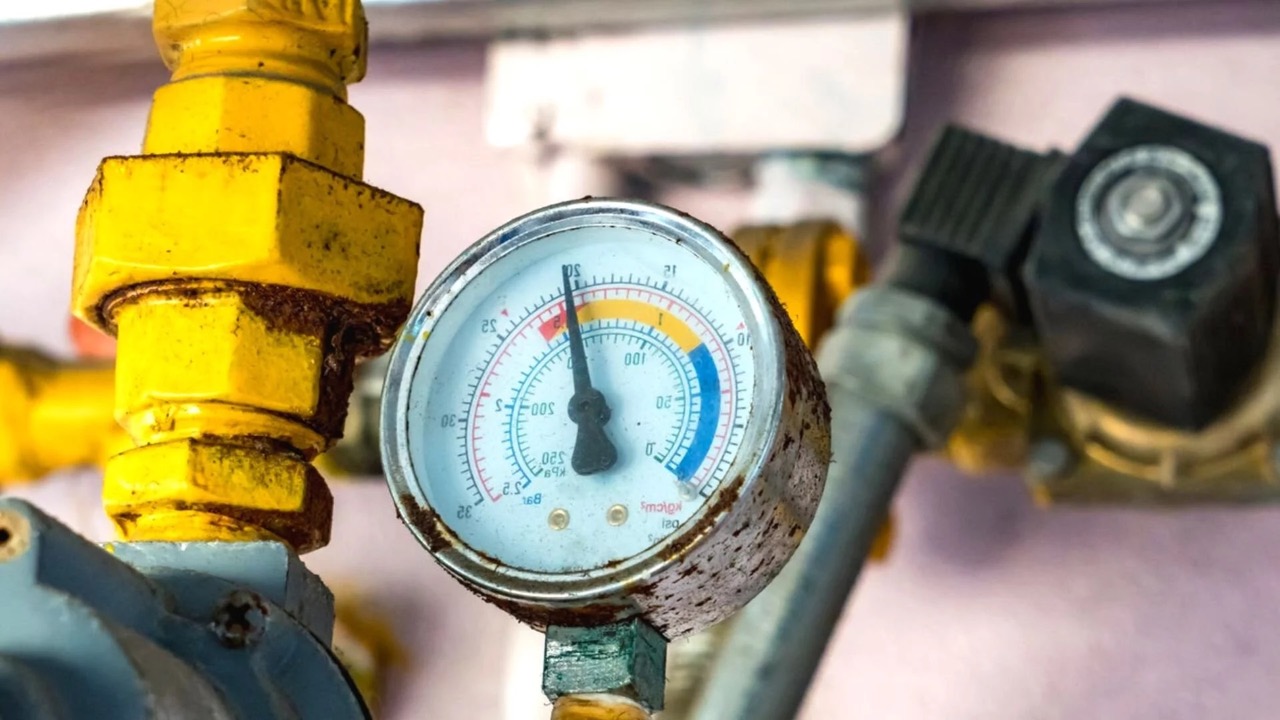
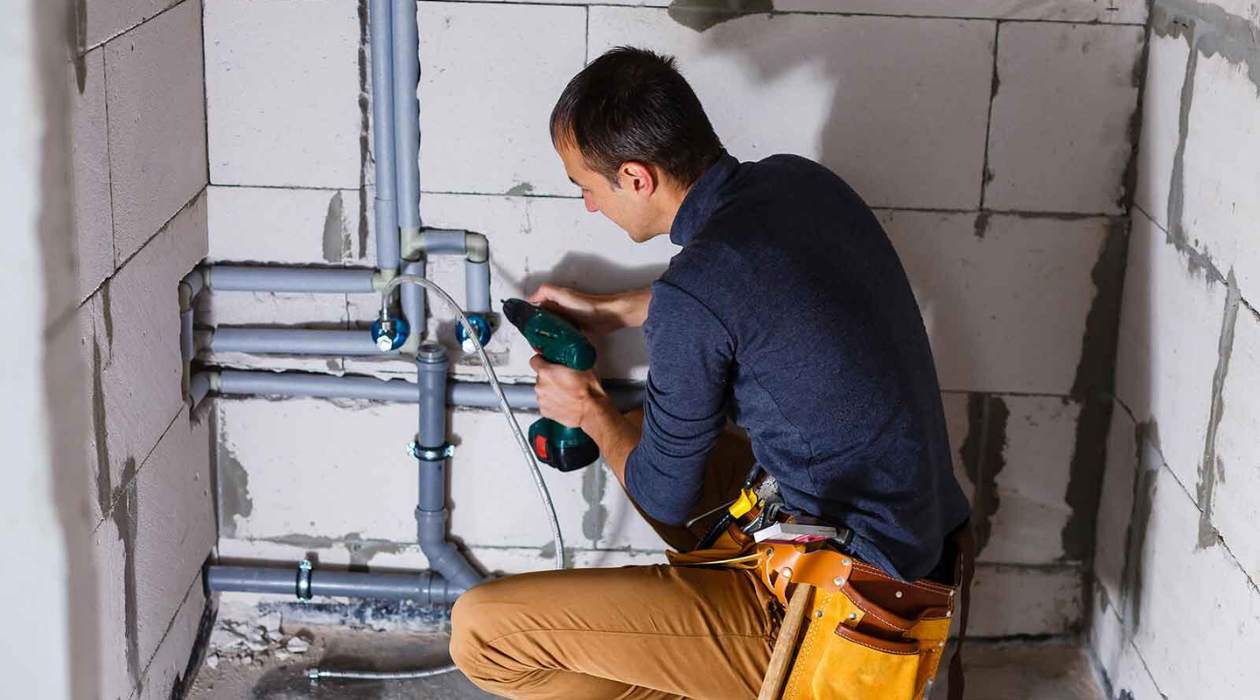
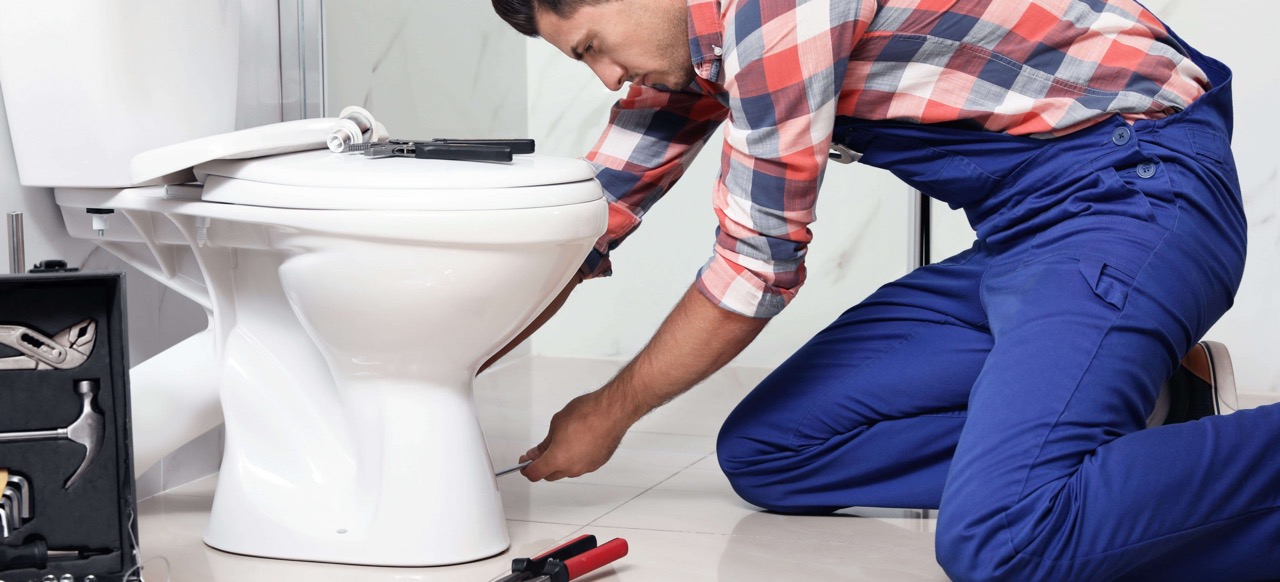
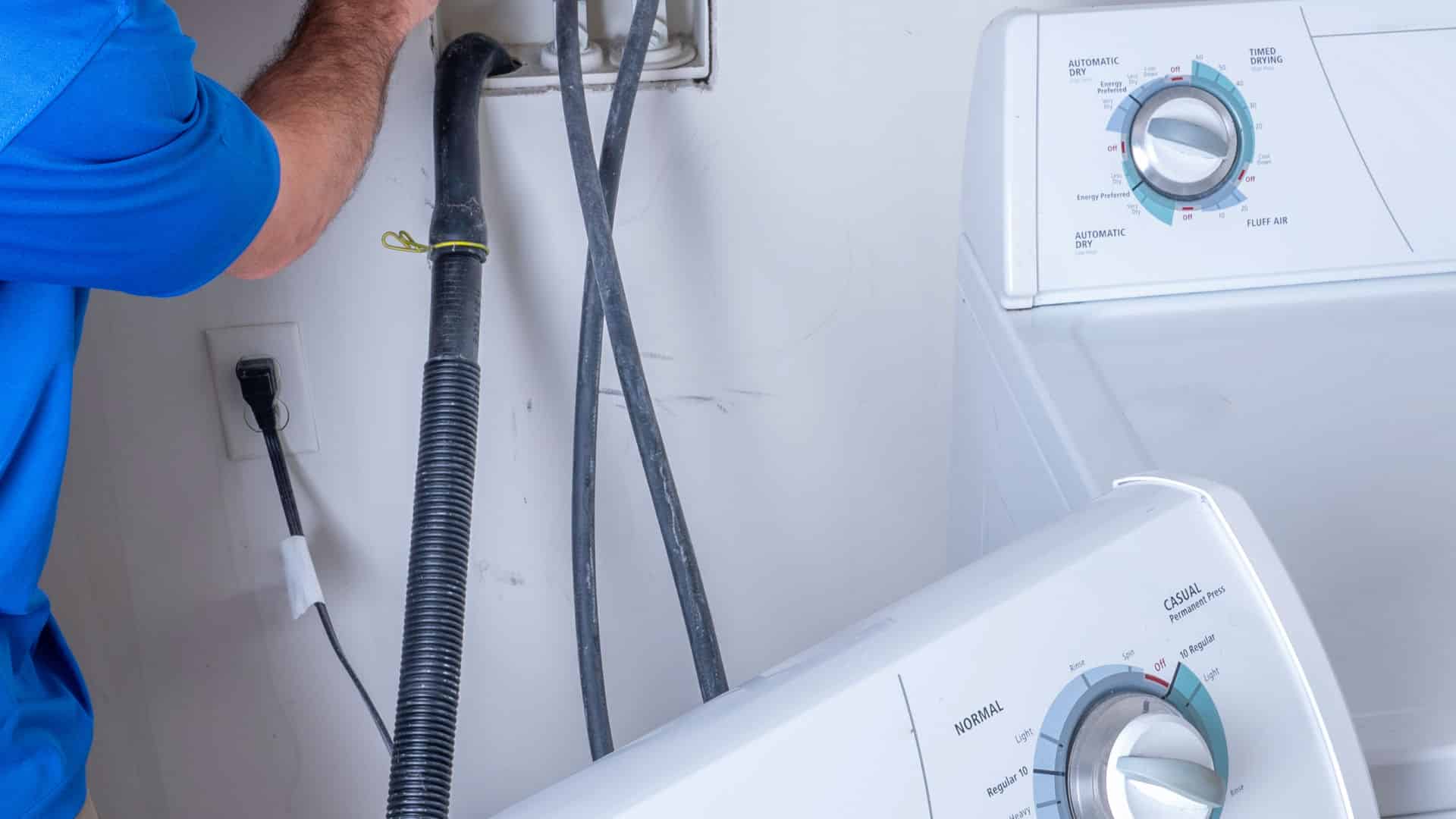
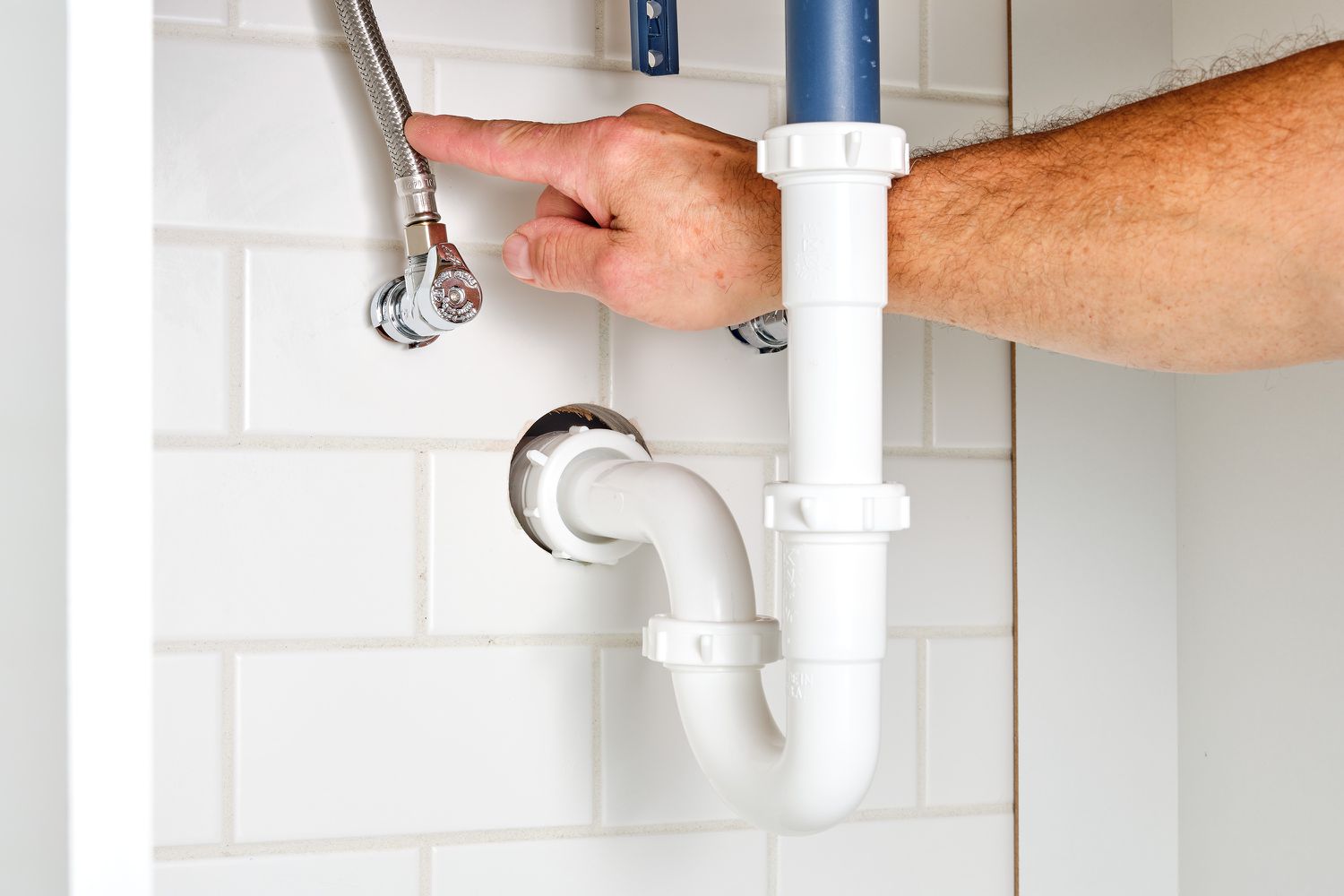
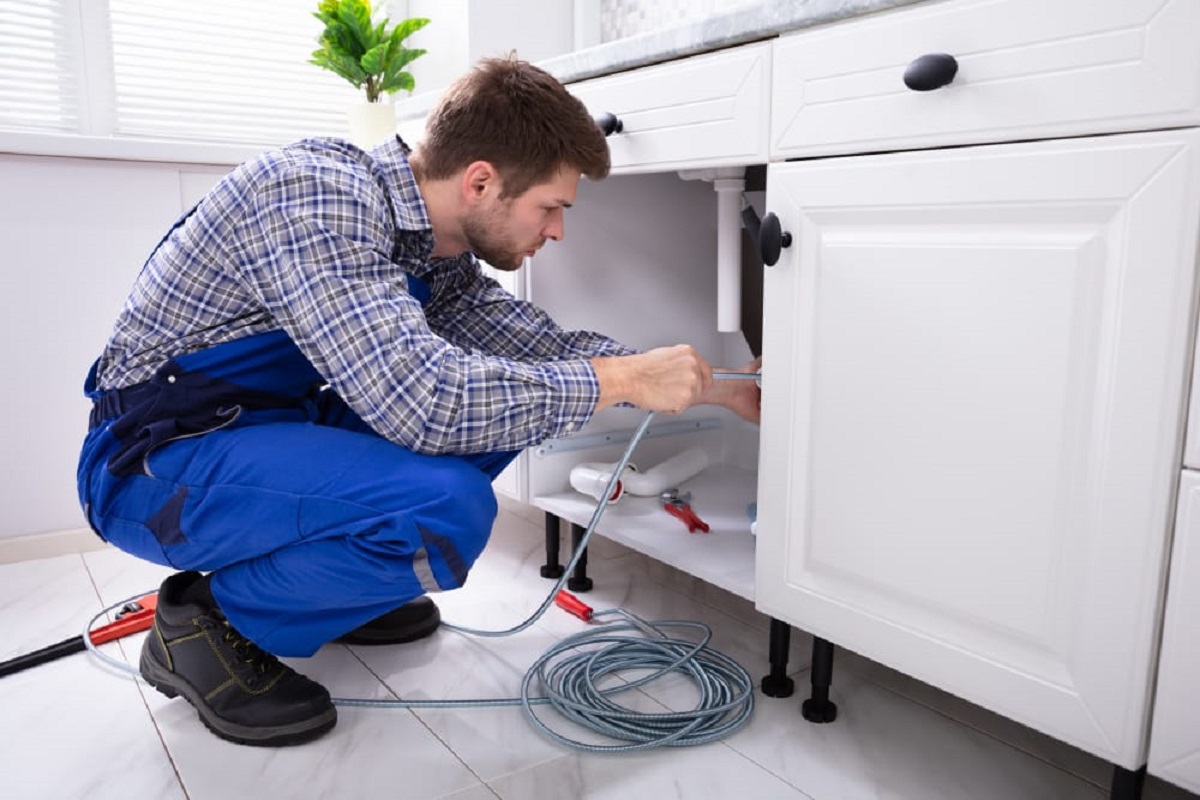

0 thoughts on “Plumbing Installations & Repairs”